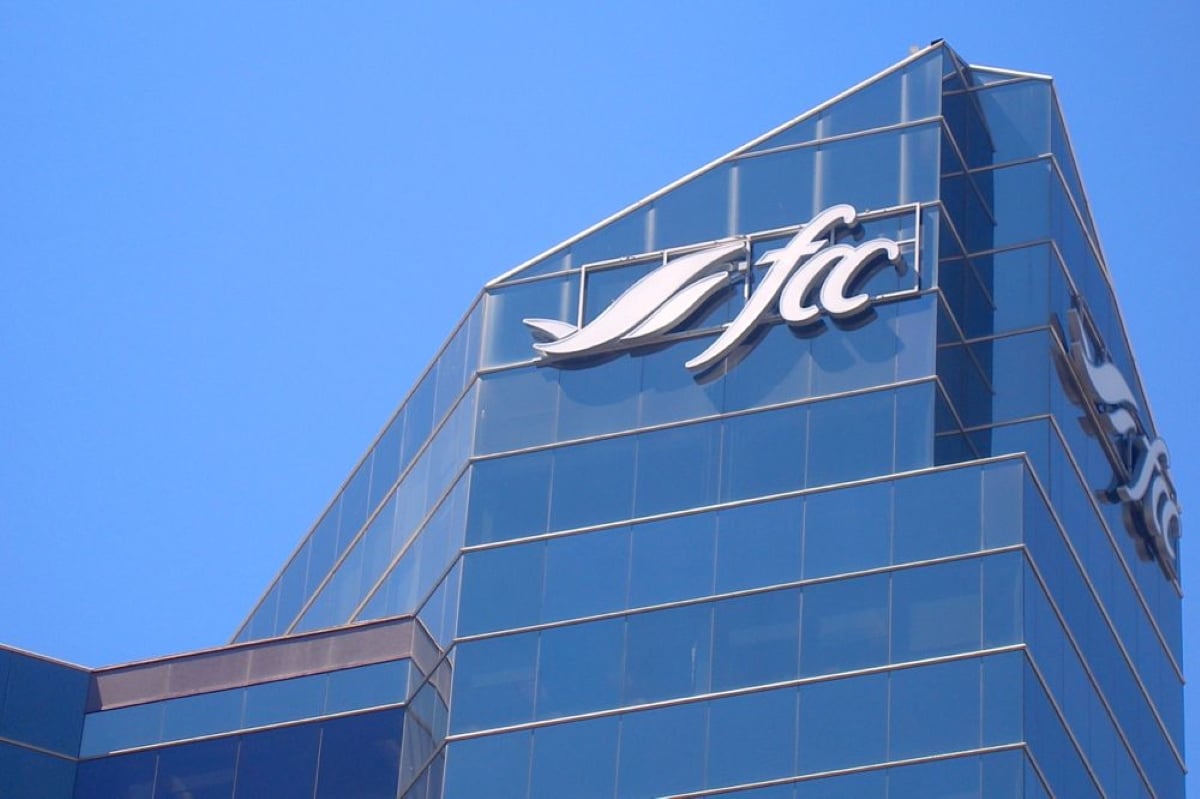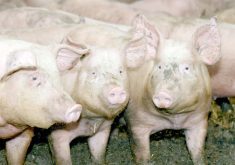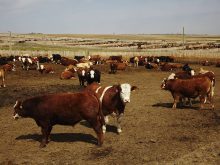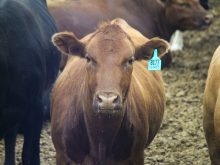The onus on feedlots this year will be to pay close attention to costs and pencil in a further erosion of basis values
Feedlot operators in Saskatchewan should sharpen their pencils and pay close attention to operating costs, specifically when it comes to restocking.
That was the take-away message during a presentation on the economics of feeding cattle, part of the Western Canadian Feedlot Management School, held Feb. 5-7 in Saskatoon.
John Lawton, an expert in cattle feeding, procurement and risk management in the feeding industry, said western Canadian feedlots made money in 2017 but they also made mistakes in 2018.
Those mistakes — largely related to high stocking costs — were offset by a positive basis that boosted returns on fed cattle.
Read Also

Lending policy still focused on primary producers: Farm Credit Canada
Farm Credit Canada said it has not changed its business practices and remains committed to supporting all producers, after a report from an Ottawa-based media outlet claimed otherwise.
But in the near future, basis values are likely to be more volatile, meaning feeding operations will carry more financial risk.
Lawton said feeders should scrutinize their costs closely in 2019 and expect more volatility in demand for fed cattle from packers.
According to Lawton, western Canadian feedlot operators came through 2018 in relatively good shape, thanks to steady demand for beef south of the border.
“We had really good demand, fortunately,” he said.
“Last summer, everyone was talking about how we had so many cattle to go through (yet) we were able to sell them for higher-than-expected prices.”
He credited a strong American economy, characterized by steady growth in gross domestic product and positive employment.
Canadian beef exports in 2018 were projected at $2.7 billion.
That’s an increase of around 12 percent over 2017, despite an increase in export volumes of around four percent.
The United States is the largest buyer of Canadian beef.
“In every quarter of last year, we killed more fed cattle than the year before, so we had to burn through a lot of production and we did that at higher prices, so that’s a pretty good news story.”
But profits within the sector were not distributed evenly, Lawton added.
Packers captured more than their usual share historically, leaving less on the table for others in the supply chain, including feeders.
“They (packers) had a record year,” Lawton said.
“They were moving the meat out the door very well, with good margins.”
Slaughter operations will continue to have access to relatively large stocks of fed cattle, based largely on the fact that U.S. cattle inventories remain high.
With high North American production and limited packer space, “the leverage is in their hands right now,” Lawton said.
“The number of cattle that they have (access to) is ample … so they can kind of dictate the price to us.”
In 2019, the onus will be on feedlots to pay close attention to costs and pencil in a further erosion of basis values.
“By putting cattle on feed for the packer, you’re carrying all the risk right now.”
Over the past two years or so, the whole beef industry has been profitable.
But packers have demanded the lion’s share of profit while the feedlot sector tends to keep stubbing its toe, Lawton suggested.
“We’ll make some money for a while, then we’ll lose it. We’ll make some more money, and then we’ll lose it,” he said.
“As an industry, we need to stay on the top side of the line a bit more consistently. We have to be more diligent in our purchases and in how we run our operations.”
Cow-calf operators could also be facing some market challenges, particularly in the next two to three years, based on ample supplies in the U.S.
















